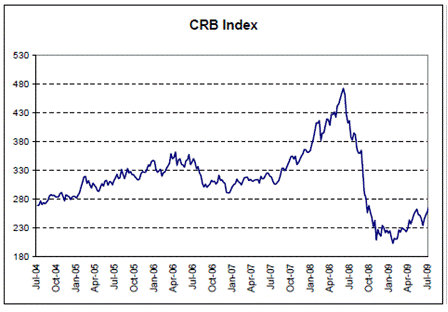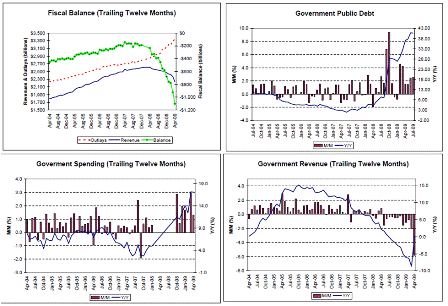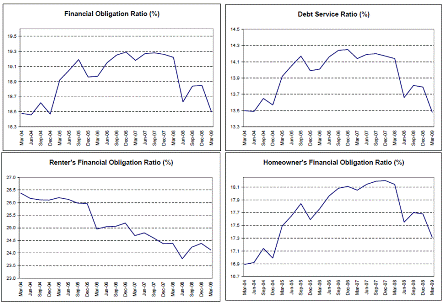Thanks, looks like we could use a full payroll tax holiday and a lot of per capita revenue sharing ASAP.
Pretty much as expected, GDP muddling through around flat or modestly positive, supported by the automatic stabilizers and a bit of proactive fiscal support dribbling in, but not enough to keep unemployment from rising as GDP gains lag productivity gains.
This can be ok for financial markets and equities, which are now well off the bottom, but depressing for most of the voters.
NYC is dynamic and seems to adjust relatively quickly. Finances are getting reorganized, and prices are adjusting to current market conditions, as life there moves on and doesn’t look back.
Tishman Speyer’s 2006 acquisition of Stuyvesant Town for $5.4 billion apparently is about to turn terminally sour. The “biggest deal for a single American property in modern times” which never managed to be profitable from day one, is on the verge of completely exhausting reserve accounts tied to $3 billion of securitized accounts.The premise – take the 11,227 rent-stabilized u,nits apartment complex and convert them to market-rate. Alas, the timing could not have been worse due to an implosion in the NY rent market, coupled with legal difficulties – to date only 4,350 of the units have been converted to market rate, while the remaining rent-controlled units will likely increase in number due to a recent court ruling.
According to RealPoint the original reserve fund which had a balance of $650 million in 2007 when Stuy Town’s debt was first securitized is down to a meager $49.7 million. The origianal reserve fund set consisted of a $190 million general reserve as well as a $60 million replacement reserve, both of which have been depleted, as well as a $400 debt-shortfall service fund, which has now declined to just over 10% of its initial balance.
The reserve fund was drawn down by $7 million month to date, versus $13.3 million in July and $19.6 million in June, with an average decline in the reserve fund of $11.3 million per month. At this rate Stuy Town’s reserves will be completely wiped out in four months, sometime in December.
To demonstrate what a colossal failure Tishman and Blackrock’s assumptions have been from the very beginning, the property has a $23.8 million monthly debt service, while on the revenue side, according to first quarter data, the property generates $136.5 million in annual cash flow, or $11.4 million monthly, a $12.4 million monthly shortfall (a cap rate of about + infinity).
And to demonstrate just how bad (and getting progressively worse) real estate in New York is, midtown’s Dream Hotel, owners Hampshire Group have notified special servicer LNR Group, that it wold not make any more payments on the $100 million loan against the property. According to CREDirect, in 2008 the property’s cash flow dropped 11 percent to $7.8 million as occupancy fell 3% to 84%, with a DSCR drop from 1.41x in 2007 to 1.26x. Things have since deteriorated, not just for the now defaulted Dream, but for a vast majority of all other New York hotels who have been struggling with declining bookings and room rates.
[top]








